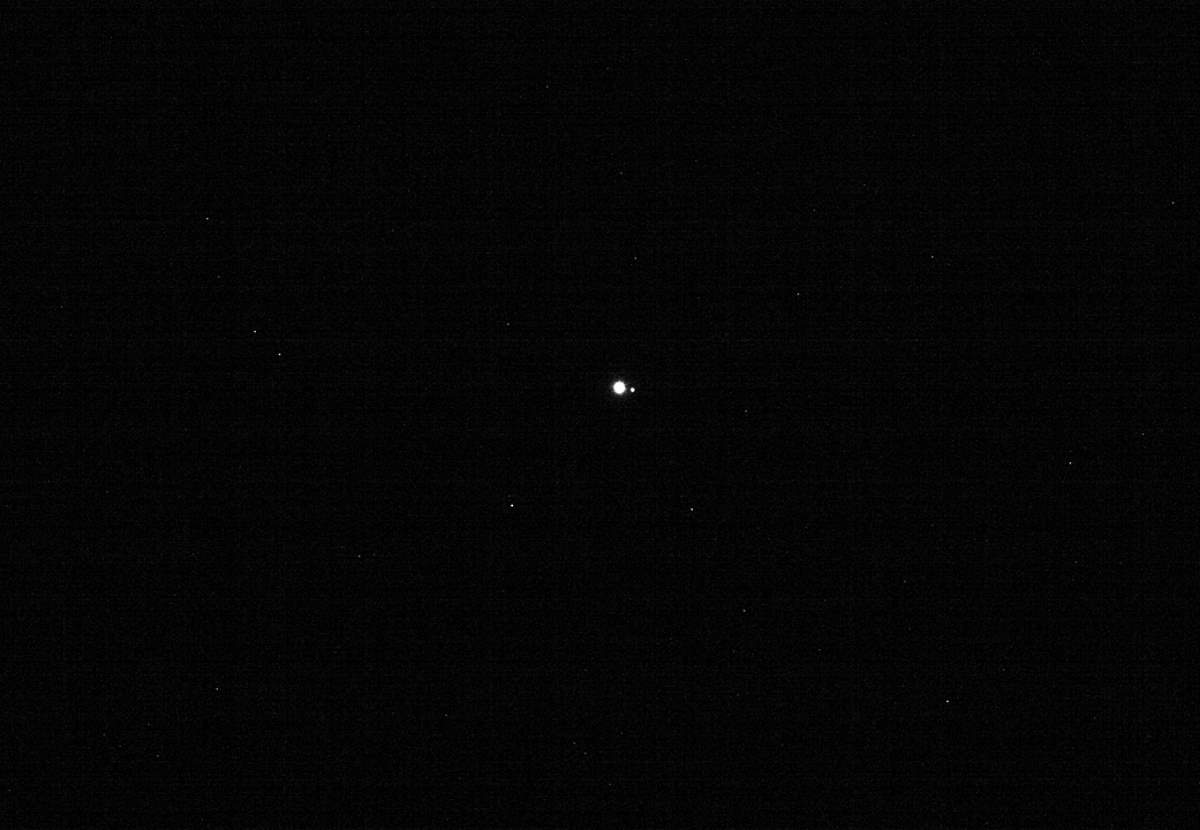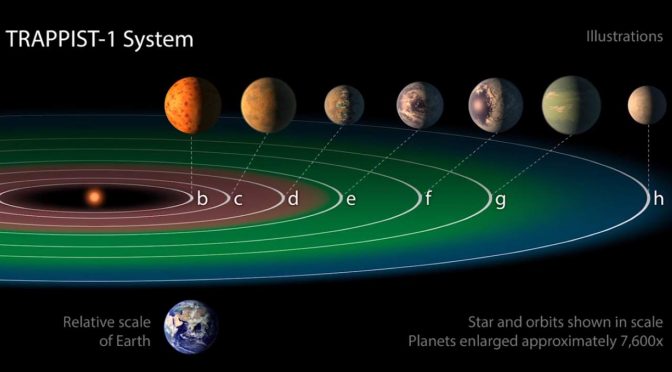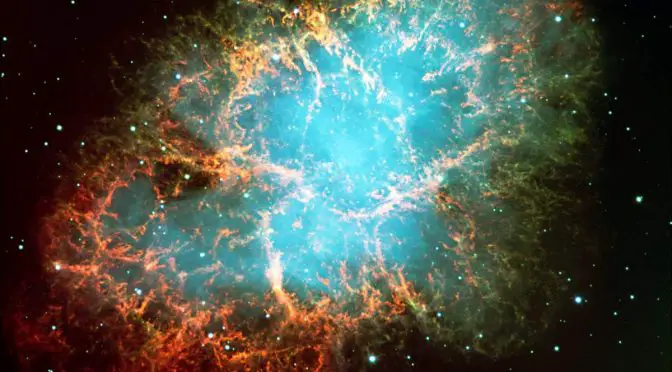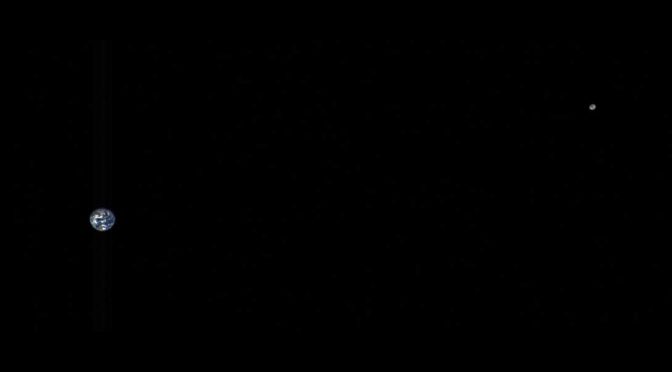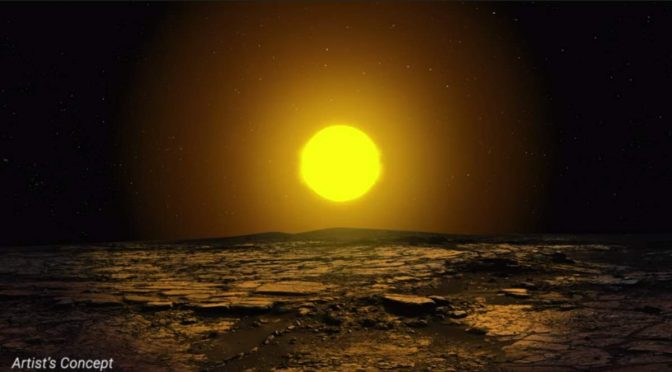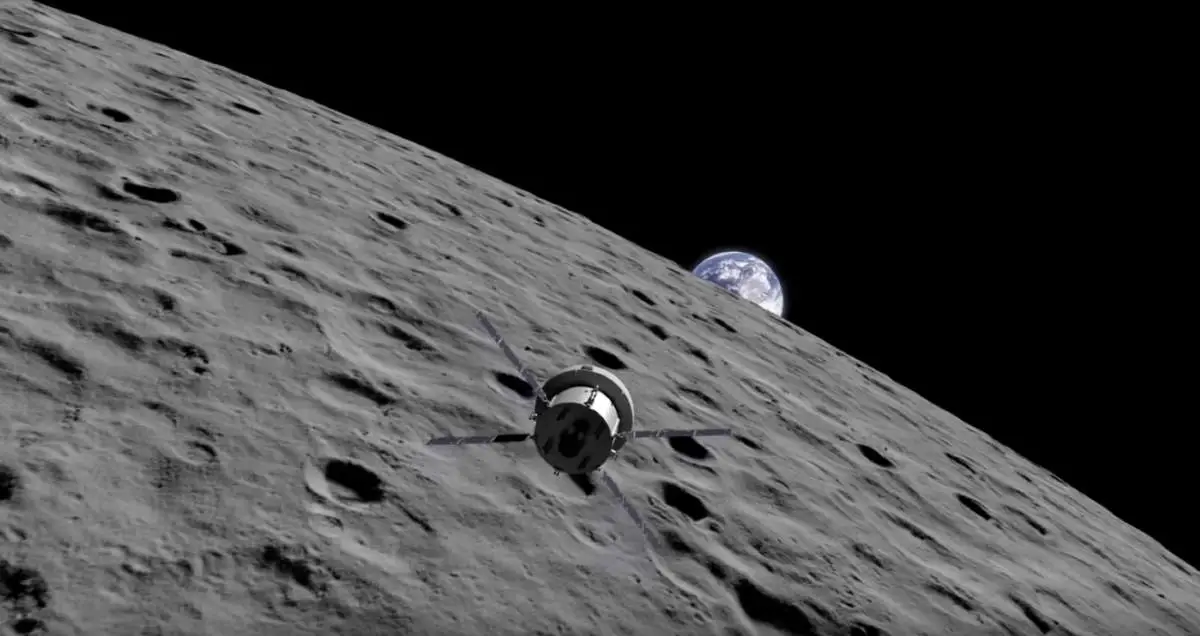NASA’s asteroid-sampling OSIRIS-REx spacecraft captured a new Earth-Moon image on Jan. 17, 2018, from a distance of 39.5 million miles (63.6 million kilometers). Spacecraft used its NavCam1 imager to take this photo, as part of an engineering test. In the image, The Earth and the moon are just two bright dots against the vastness of …
Continue reading “OSIRIS-REx Captures New Earth-Moon Image from 39.5 Million Miles”
